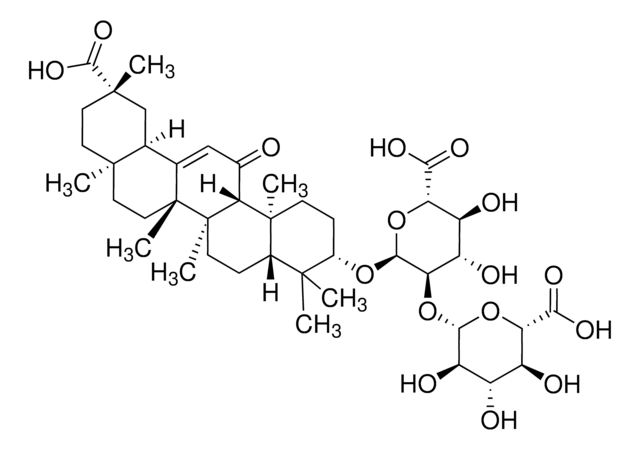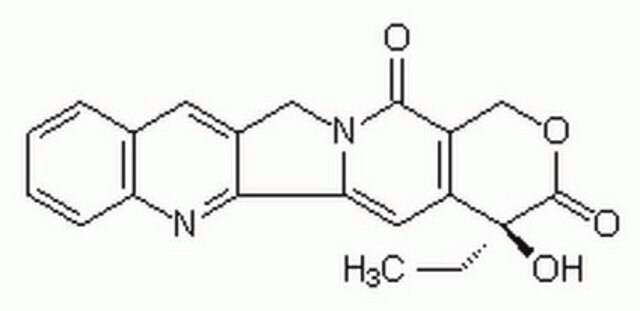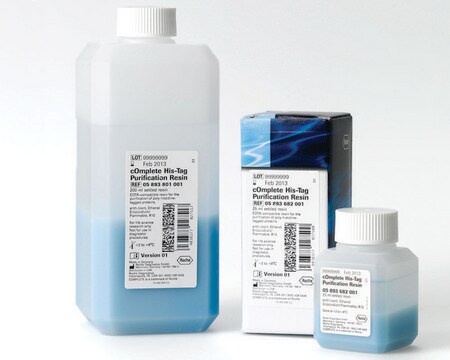H9538
HNE-DMA
hexane solution, ≥85% (GC)
Synonym(s):
(E)-4-Hydroxynonenal-dimethylacetal, 4-HNE-DMA
About This Item
Recommended Products
Quality Level
Assay
≥85% (GC)
form
hexane solution
shipped in
dry ice
storage temp.
−20°C
SMILES string
CCCCCC(O)\C=C\C(OC)OC
InChI
1S/C11H22O3/c1-4-5-6-7-10(12)8-9-11(13-2)14-3/h8-12H,4-7H2,1-3H3/b9-8+
InChI key
ATGIHMSJAARJTF-CMDGGOBGSA-N
Biochem/physiol Actions
Preparation Note
Signal Word
Danger
Hazard Statements
Precautionary Statements
Hazard Classifications
Aquatic Chronic 2 - Asp. Tox. 1 - Flam. Liq. 2 - Repr. 2 - Skin Irrit. 2 - STOT RE 1 Inhalation - STOT SE 3
Target Organs
Central nervous system, Nervous system
Storage Class Code
3 - Flammable liquids
WGK
WGK 3
Flash Point(F)
-14.8 °F - closed cup
Flash Point(C)
-26 °C - closed cup
Personal Protective Equipment
Certificates of Analysis (COA)
Search for Certificates of Analysis (COA) by entering the products Lot/Batch Number. Lot and Batch Numbers can be found on a product’s label following the words ‘Lot’ or ‘Batch’.
Already Own This Product?
Find documentation for the products that you have recently purchased in the Document Library.
Customers Also Viewed
Our team of scientists has experience in all areas of research including Life Science, Material Science, Chemical Synthesis, Chromatography, Analytical and many others.
Contact Technical Service










